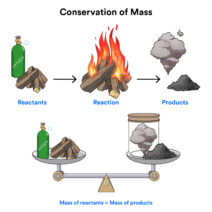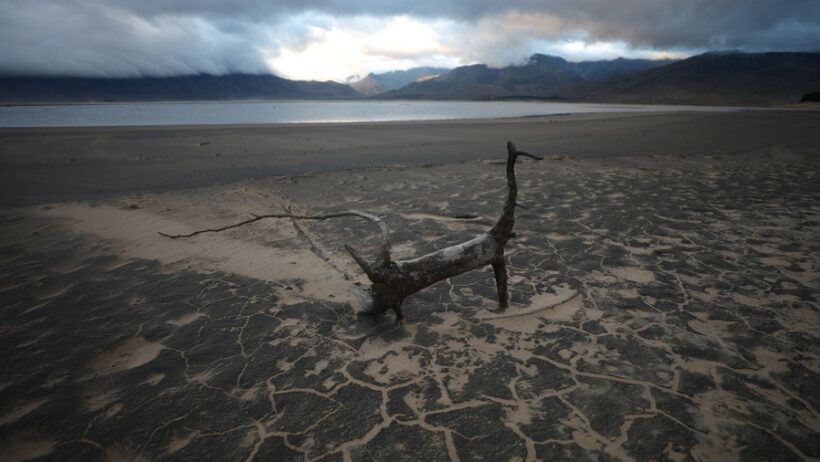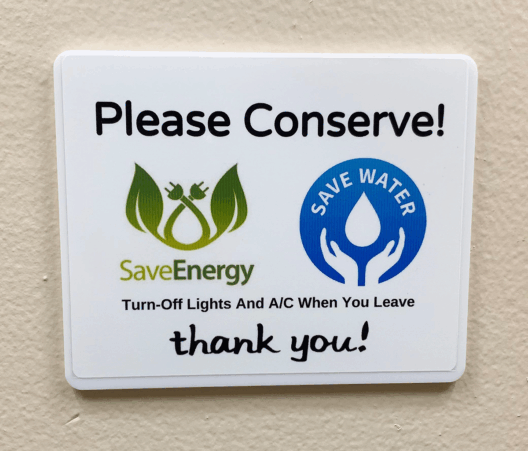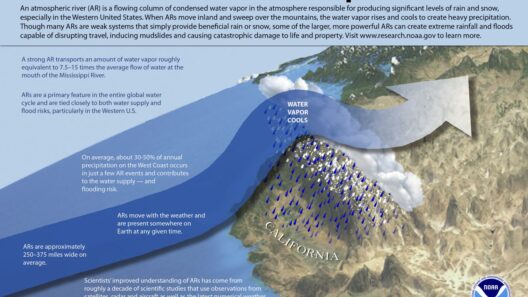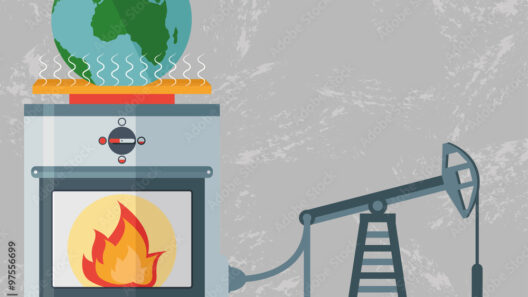As global temperatures continue to rise, the tantalizing concept of a “climate haven” emerges as a beacon of hope amid the chaos of climate change. These havens represent regions where individuals and communities might find refuge from the escalating adversities associated with a warmer planet. The question arises: what constitutes a climate haven, and where can one discover these potential sanctuaries? Understanding the characteristics and identifying these locations can empower people to make informed decisions about their future living spaces.
A climate haven is defined as a place that possesses favorable conditions for survival and quality of life in the face of climate change. These areas are typically characterized by their resilience against extreme weather events, rising sea levels, and other climate-related hazards. Unlike regions that may face exacerbated heat, drought, and flooding, climate havens provide a unique oasis for individuals and families seeking sanctuary from the various chaotic impacts of a warming earth.
One of the pivotal traits of a climate haven is its geographical location. Areas situated away from coastlines are often at an advantage, as they are less vulnerable to the whims of sea-level rise and extreme storms. Inland cities and rural areas, particularly those with temperate climates, fall into this category. Such regions not only mitigate the immediate risks associated with climate change but also boast a historical precedent of agricultural productivity and sustainable living.
In assessing potential climate havens, one must consider socioeconomic factors as well. Accessibility to resources such as water, arable land, and energy also plays a critical role. A haven should not only be resilient against climate impacts but should have the necessary infrastructure to support its population. Urban centers that prioritize sustainable development, renewable energy, and efficient public transport are prime candidates. Cities like Portland, Oregon, and Copenhagen, Denmark, stand out for their commitment to sustainability and innovation.
However, the makeup of a climate haven extends beyond geographical and socioeconomic factors. Social cohesion and community resilience are equally vital in withstand the tribulations wrought by climate change. Communities that prioritize inclusivity and cooperation create environments where individuals can thrive together. In anticipating future climate stresses, social networks become invaluable, providing mutual support, knowledge sharing, and collective problem-solving.
Moreover, specific features define the climate resilience of these havens. For example, areas with plentiful freshwater supplies, robust biodiversity, and ecosystems capable of adapting to changing conditions are vital. Regions with varied topography also warrant consideration. Mountainous areas, for instance, may offer cooler climates and agricultural versatility as climate conditions shift over time.
Now, the question of where to find these climate havens comes into play. Across the globe, several regions are emerging as potential sanctuary spots. In North America, the Great Lakes region is often cited. This area is not only abundant in freshwater but also generally immune from the extremes associated with the southern United States. Cities like Minneapolis and Duluth thrive with environmental initiatives and showcase strong community engagement.
Further afield, countries like New Zealand and parts of Scandinavia have garnered attention as potential havens. New Zealand’s varied geography coupled with its moderate climate lends itself well to agriculture and a high quality of life. Similarly, the Scandinavian nations emphasize sustainability, and their adaptive infrastructure positions them well against climate pressures, thereby enhancing their desirability as climate havens.
Another critical aspect to consider in the context of climate havens is migration. As certain areas become increasingly uninhabitable, the migration of populations will create new dynamics and challenges. Governments and communities need to anticipate and prepare for this influx, maintaining a sense of equity and resources for both newcomers and established residents. Climate migration is not merely a localized issue; it is a global phenomenon that necessitates comprehensive planning and collaboration.
Reflecting on the future of climate havens, adaptation is paramount. Long-term viability will hinge not only on existing conditions but also on proactive measures. Initiatives such as urban greening, sustainable agricultural practices, and carbon capture technologies will become increasingly relevant. Addressing these challenges through innovation will forge the path toward resilient living in a world transformed by climate change.
In conclusion, the concept of climate havens embodies a shift in the narrative around climate change. Rather than solely focusing on the adverse prospects of environmental degradation, it compels individuals and communities to envision resilient futures. By understanding what constitutes a climate haven and considering where these refuges might exist, societies can adapt thoughtfully to the realities brought forth by climate change. Identifying and creating these havens is a collaborative effort that requires foresight, empathy, and a commitment to sustainable living. In doing so, humanity can cultivate a world where, despite the inevitable challenges, an enduring sense of hope remains bright amid the trials of a warming planet.
